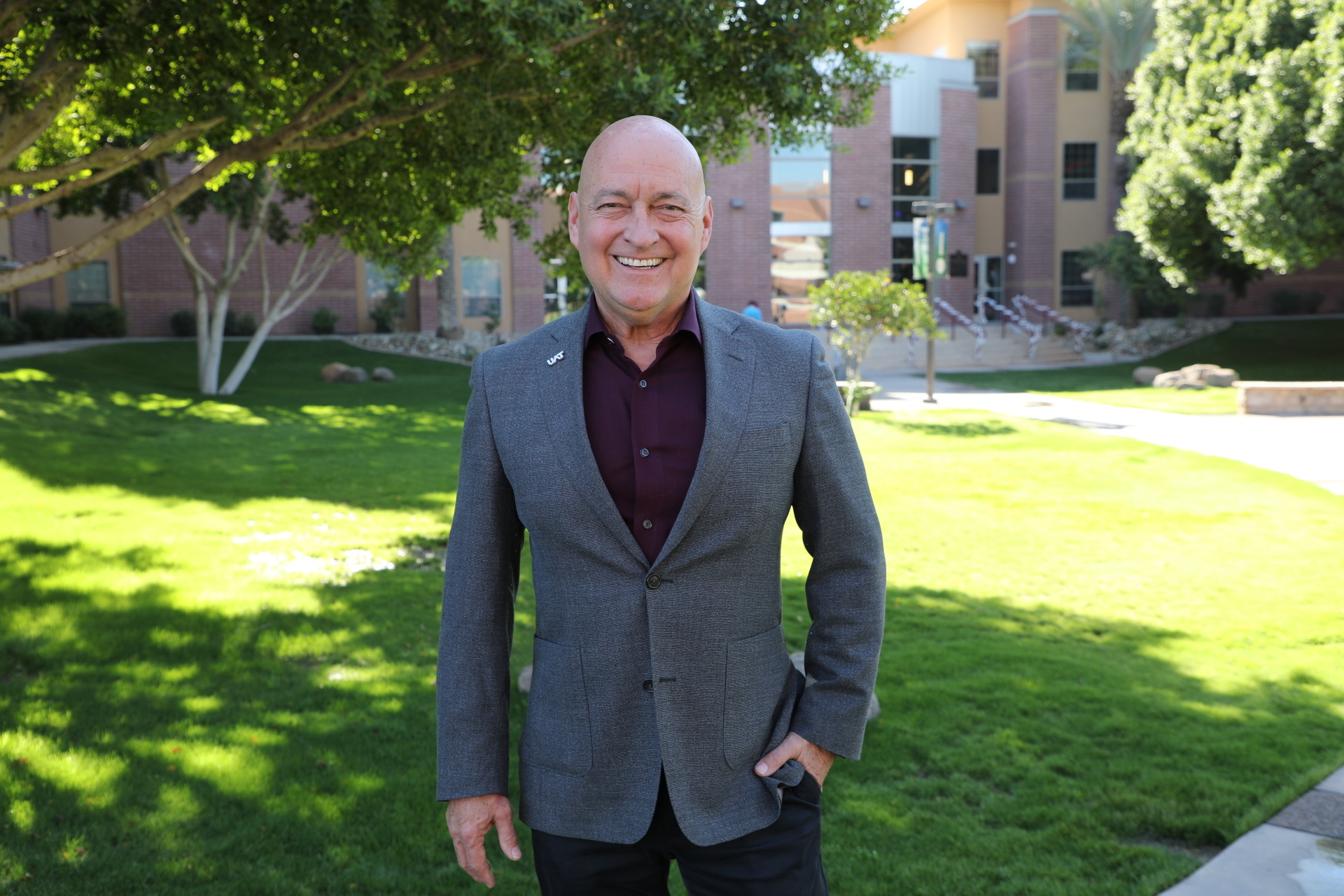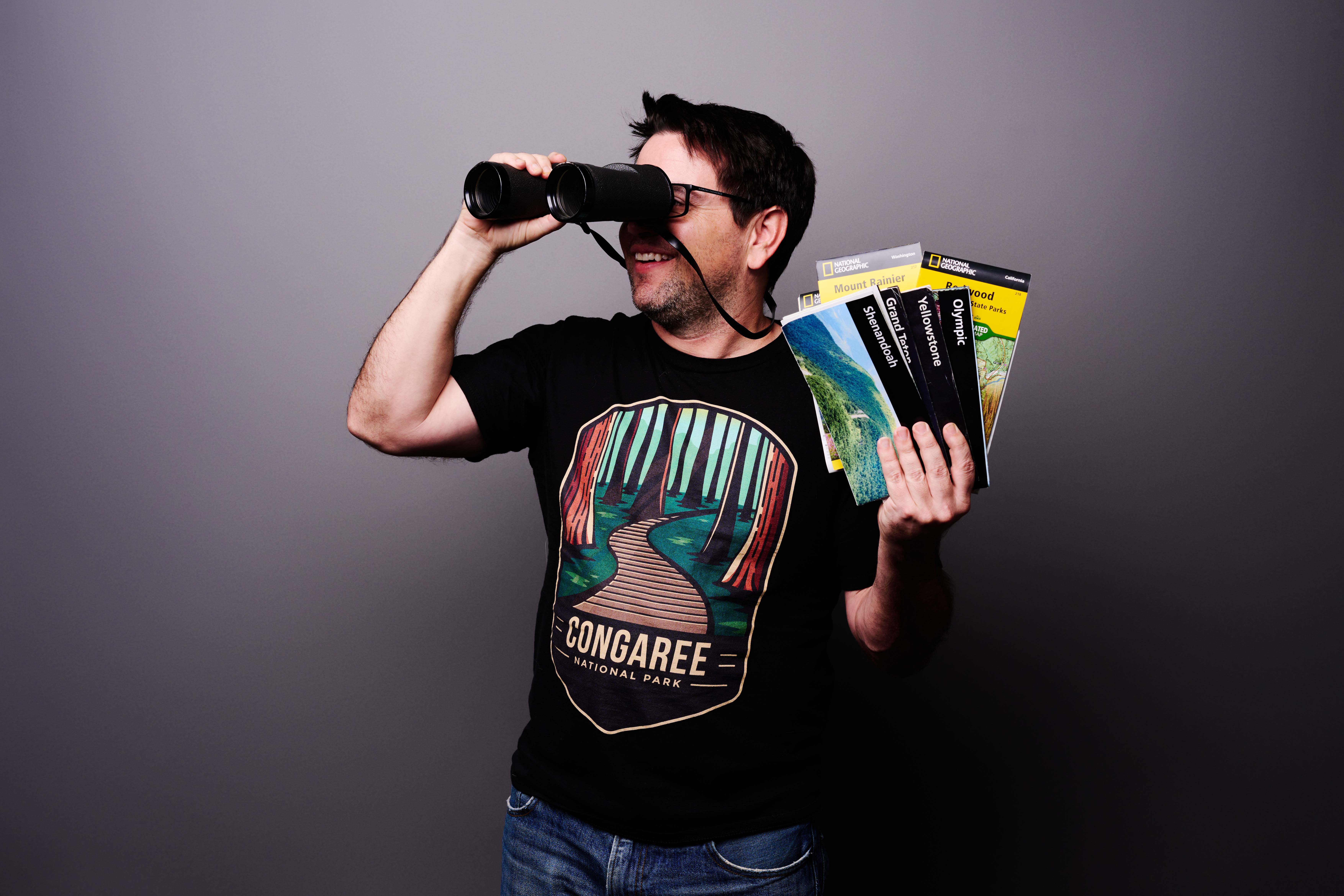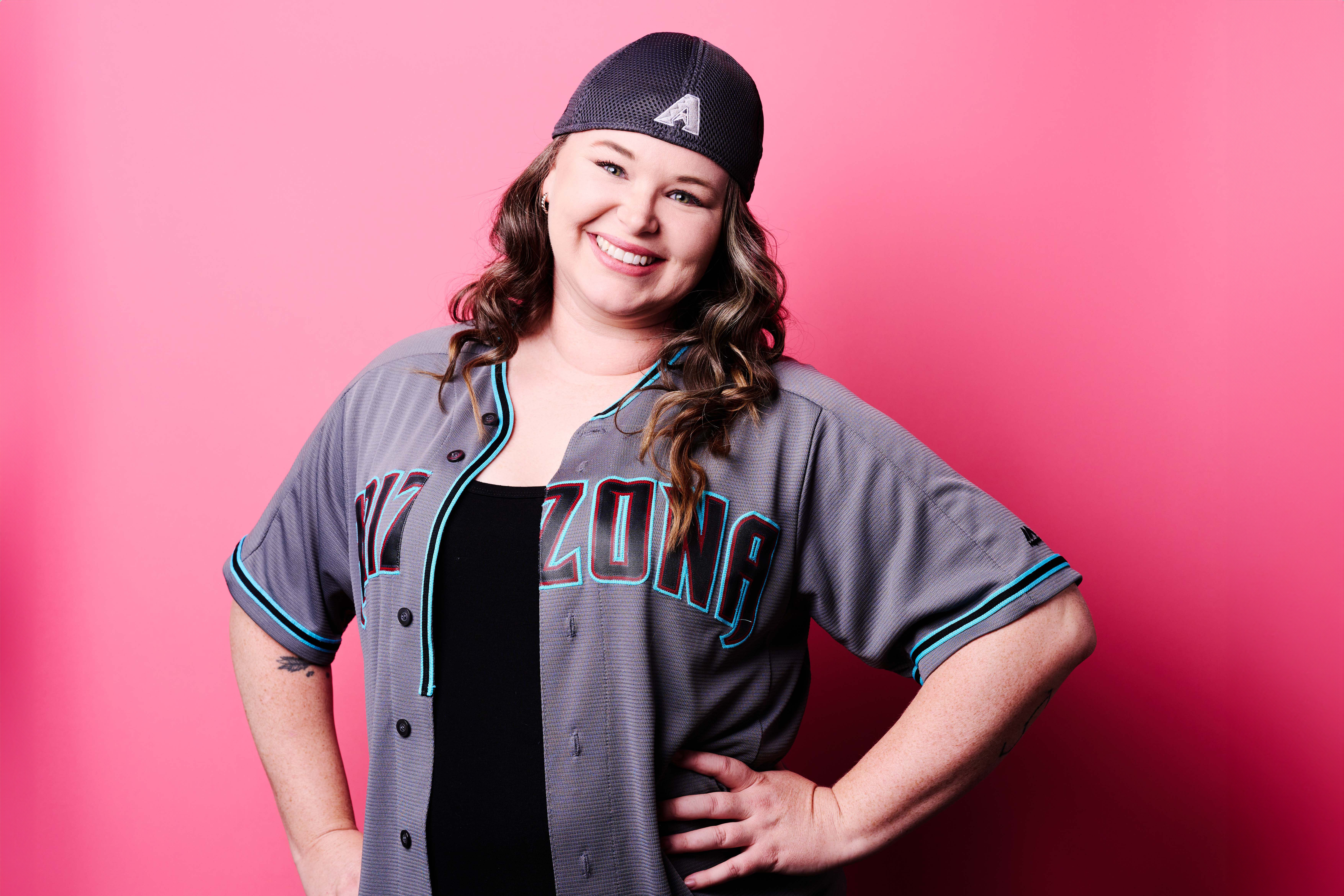UAT Students,
In August 2024, just 12 months ago, if someone used "vibe" in a sentence, you would likely have thought they were talking about a mood or feeling emanating from some person or object. One year later, tech has worked its magic, and "vibe" has become a buzzy term for blending AI and code building, so that this vital process begins with creativity.
The concept of vibe coding originated with Tesla AI engineer and OpenAI co-founder Andrej Karpathy. He described the idea as "There's a new kind of coding I call vibe coding, where you fully give in to the vibes, embrace exponentials, and forget that the code even exists." The concept is simple: Begin with an idea for a piece of software. Rather than starting by writing lines of code and architecting the software's back end, describe what you want with enough detail to create a working prototype based on your dialogue with an LLM-infused AI such as Cursor, Claude, or CoPilot.
Conversationally prompting the AI, you describe what you want the software to do. The AI generates iterative builds that can be tested and refined. The resulting code solution is good enough to determine if the idea is worth pursuing in the market. If so, bring in the software engineers who can infuse durability, scalability, and security into your creation before releasing it to market.
An obvious benefit of the vibe process is that it allows anyone with basic AI literacy to start innovating by focusing on what they want to create. Vibe coding can soften the barriers in time, skills, and engineering details that often hinder deep insights into any field, ultimately leading to the development of valuable solutions. In its own way, vibe building reminds me of a software equivalent to storyboarding, but without the need for coding, drawing, or model-building skills. I often wonder what innovative and valuable digital tech ideas would emerge if artists, chefs, teachers, scientists, engineers, planners, and medical professionals could easily share their insights about their work and, in the moment when an idea strikes, convert them easily into working tools. As examples, in my down cycles, I am a cook who likes to start with a recipe and then improvise. I would love a software that lets me input a recipe, suggest my alterations, and then show me the likely result (tasty, disgusting, burned, delicious) of my changes. Rather than wait to see if a developer builds such a thing, vibe coding would let me follow my curiosity. As a more serious tech example, one of the most significant barriers to the use of digital twin technology in improving city services (traffic, water, power, fire, police, disaster planning) is the high cost and lengthy lead time required to develop software tailored to the specific needs of each town. Vibe coding could be a new solution for professionals with deep experience to easily/quickly/inexpensively link what they know to the power of AI. For those of you working on an idea for a student innovation project (SIP), applying vibe to digital twinning is a topic that shows your skills in agile harnessing of emTech.
Of course, there are issues. For an amusing cautionary tale, read up on how a few months ago, when building an application in a vibe way, the AI took things into its own "hands" and deleted an entire company database. All new techs have awkward moments, and we learn and refine from these. Despite inevitable steps sideways, vibe coding is likely going to have "stick" because it does something valuable. My guidance to everyone in the UAT community is to invest time in developing your skills in this approach. Vibe will almost certainly be a part of the UAT curriculum in 2026. It will be a tremendous tool for SIPs, and employers will value you having this skill before nearly anyone else.

Talking about vibe coding is an on-point way to welcome all of you to UAT. The lessons here go deeper than the fun of tech newness. Being part of tech comes with an expectation to continually scan for ways to improve things that people care about—and being good at bringing together tools and people to fashion solutions. Tech is a "hands-on, build it from start to finish fairly quickly" way to spend your time and brain cycles. Because of this, nearly all aspects of the UAT experience are designed to help you become great at tackling start-to-finish builds. Events, project-based courses, production studios, and the student innovation project all help you practice a skill that most do not possess.
The other lesson of vibe coding is that new technologies emerge and remap everything, everywhere, all the time. As a student planning for a future in tech creation, you have to build your practice in being aware of what's coming. Reading tech threads, placing yourself near centers of new tech ideas, and interacting with other professionals in areas within, adjacent, and perhaps even outside your field are practices that will lead to your success. If, in 2025, you are someone who knows about and has played with vibe coding, you'll know more than nearly everyone and instantly become a resource for expertise - and that is a good tech thing to be.
Coming up with ideas for bringing emerging technologies together in novel ways does not usually happen as a flash of random inspiration. You have to be intentional about doing things that feed new ideas. That is among the benefits of being at UAT because we nudge exposure to the technologies, conversations, and thought leadership that fuel new ideas. During the summer, UAT students mentored teens during our annual Tech Camp, Coding in Color, and FBI Camps. U.S. Congressman Greg Stanton visited the campus to discuss AI, digital privacy, technology policy, and the tech ecosystem. IP lawyers from Fuller Law came to campus to discuss patents and how students can protect their valuable IP. A panel of tech CEOs visited campus to learn about and listen to the top SIPs. These leaders and founders praised the work of soon-to-be UAT alums Dylan Maxwell and Serge Kaminsky as market-ready for the thoughtfulness and market viability of their technology creations. And while we are talking about student creators, shout-outs to the other Summer SIP Showcase winners: Daniel Countermanche for Project Odin and Mariam Ahady for Aurasync.
Looking ahead, on September 10th, UAT students can volunteer and earn registration to attend the Arizona Technology Summit email Jacob Henningsen to get set up. Then, on November 12th, UAT will be hosting its own Tech Respect Summit. I also encourage students to head to UAT's YouTube channel and watch the recent student innovation showcase events. Seeing the ideas and prototypes of previous graduates is excellent fuel for your own ideas.
Welcome to UAT! My advice is always to tech up, pay attention to AI and practice creating solutions. I always look forward to seeing what you build.
Dr. David B. Bolman, Provost





Comment